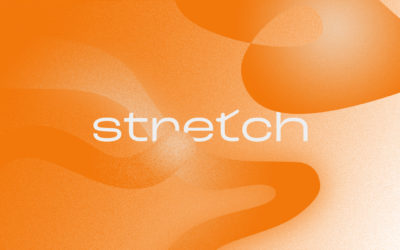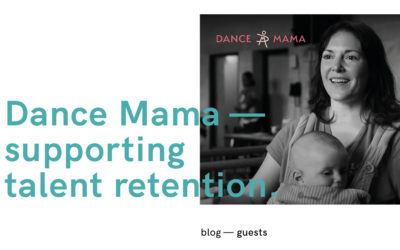Blog by Lexy Garner
“Dance is a powerful art form, one that should not always need to be explained and justified but one that should be indulged in and appreciated.”
As an emerging dance practitioner right at the starting line shaping my future and bridging my career from being a student to a professional, I have one prominent question about my practice: How do I brand myself when I am everchanging, growing, shifting and moulding as a dance artist? As physical beings, we are very much attuned with movement, progression and are multifaceted so it is challenging to pinpoint a narrative that represents us best to a wider audience. Perhaps this is why contemporary dance is often misunderstood, underappreciated and frankly hard to articulate externally.
My most recent endeavour has been to work collaboratively across disciplines to reshape the perspective of live dance movement. Through both academic and physical research, I aimed to gain a greater understanding of hierarchies, authentic collaborative processes and how best to enrich each practice when working cross-discipline. During, I witnessed a very honest naivety and open approach to working with another artform that encouraged a greater depth of learning about my own practice as an independent dancer, as well as being a newly collaborator. Having had time now to reflect on such collaborations, it seems a sensible place to begin asking how contemporary dance can reach beyond our existing audiences and can be understood for the incredible performance art that it is. Could a collaboration be one solution to creating a more approachable dialogue between performers and a wider audience? For instance, a key component of my collaborative practise is the ability to keep a continuous conversation between the disciplines, the individuals and collectively. These conversations must be completely comprehensible by each participant which means that new terminology has to be created to support the practitioners through the process. Finding this common ground and developing a practice together is vital for the research and our ability to articulate and represent it to a wider audience successfully. So if a new language can be created within the process of choreography and dancers find ways to articulate dance practice in the rehearsal room, then why is there a disconnect between dance performance and a wider audience? Furthermore, perhaps opening up the entire research process and collaborating with the audience throughout might, in turn, support the audience’s understanding and perception of contemporary dance?
When I started taking more interest in the processes of contemporary, I began to understand more about my own artist identity, and once I started choreographing work of my own, I found that focusing on the process rather than the final result meant that I was driven to create for myself and relied on this to keep me stimulated and engaged throughout rather than for the benefit of a performance and its audience. It might sound contradictory to let an audience into a process that is very personal and internally driven, but it is challenging to translate something if you are not wholly immersed in it. If you can be totally invested in yourself as an artist and what you are sharing with the world then an audience will have more belief in your performance discipline from the outset. In turn, they could have a clearer understanding of dance which may initiate bridging this disconnect we so often see between dance and its audience. It is certainly easier to convince someone of something if you are 100% convinced of it yourself first, therefore, letting an audience into the process and allowing them to experience the artistry first-hand might increase their engagement and understanding longer-term.
Dance is a powerful art form, one that should not always need to be explained and justified but one that should be indulged in and appreciated. The industry might look towards collaboration in its many forms as a way of opening up the conversation and reaching wider audiences, but I think this dialogue needs to be clearer within the contemporary dance world before we reach further afield. A question I might propose now: how does contemporary dance accurately brand itself when it is subjective, it shapes itself over time and is too multifaceted? Maybe it does not need branding; instead just support, trust and an open mind.
Who’s Lexy Garner?
Lexy is an emerging contemporary dance practitioner having undertaken an Erasmus year in Estonia and graduating from the BA (Hons.) Dance course at Coventry University. Lexy’s independent practice focuses on collaboration as a tool to change the perspectives of movement and explores working across a variety of disciplines to find a universal language that connects and enriches both art forms. She also works for Coventry based company, Ascension Dance, where she supports their girls’ youth workshops and after school clubs. Alongside this, Lexy hopes to continue creating and performing her own work and collaborate with friends who are also emerging dance practitioners.



0 Comments